Andy Goldsworthy: The Artist Who Collaborates with Nature
Goldsworthy is one of the best-known exponents of Land Art, having dedicated over four decades to crafting artworks from twigs and stones.
Land Art proposes a departure from painting on canvas as the only aesthetic relationship with nature. Instead, it entails the creation of art directly within natural or untamed settings. This artistic movement originated in the United States in 1968, with Robert Smithson emerging as a prominent figure and theorist of Land Art, notably through his essay 'The Sedimentation of the Mind: Earth Projects.' Land Art emerged in response to the established conventions of producing, displaying, and commercializing art. Artists sought to liberate themselves from the confines of studios, museums, and galleries, as well as to challenge the prevailing abstract expressionism and artistic dogma of that era.
This practice has been continued by various contemporary artists who engage directly with the natural world. Their creations honor the environment and are frequently transient, fashioned from materials such as leaves, stones, pebbles, mud, or tree trunks, in the manner of Andy Goldsworthy. With his perishable works, Goldsworthy's intention is to foster a deeper comprehension of the natural surroundings, essentially "showing what is already there".
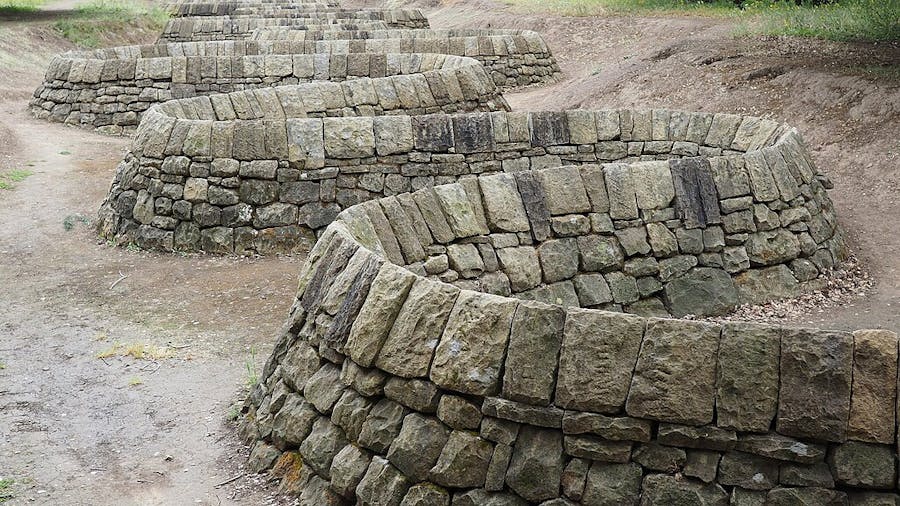
Born in England in 1956, Andy Goldsworthy's formative years were spent working on farms, an experience that profoundly shaped his artistic vision. He discovered the beauty and brutality of natural materials and how humans can alter them, and he began to understand farming as an art form, where actions like stacking bales of straw resulted in the creation of imposing sculptures, and plowing a field was akin to drawing upon it. After studying art from 1974 to 1978, he naturally gravitated toward creating ephemeral works, probably inspired by the precursors of Land Art, such as Richard Long and Nils-Udo.
Related: The Art of Plein Air Painting
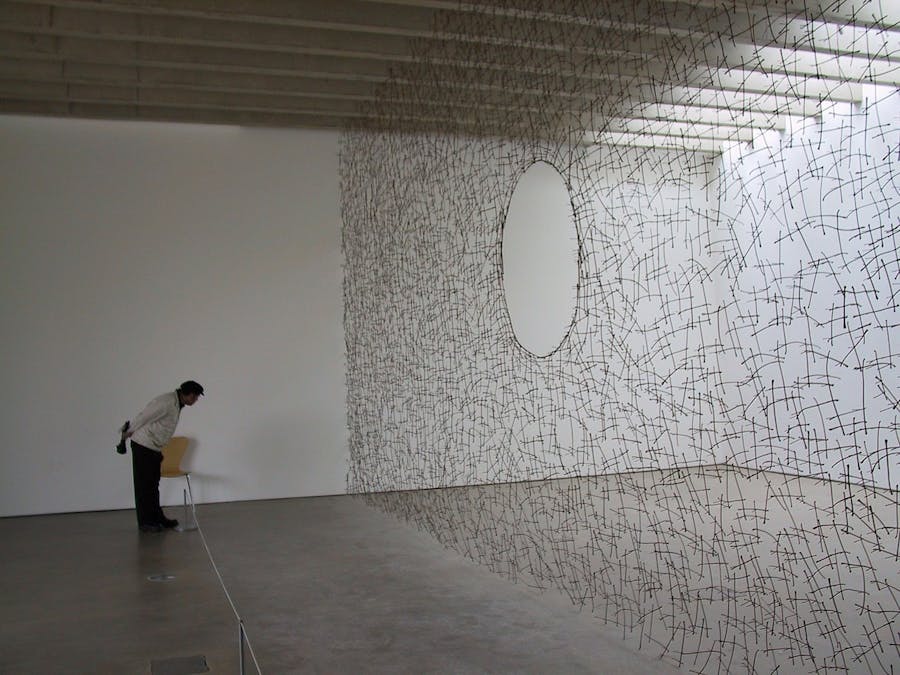
Goldsworthy's artistic process is very simple: for his ephemeral works, he uses only his hands, improvised tools, sometimes a knife and above all what is around him, without knowing in advance what he will find on site. As a result, his works, his works depend entirely on the location and the weather. He spends several hours assembling twigs or leaves, and often has to start all over again when the arrangement doesn't work. To hold the materials together, he uses thorns or his own saliva rather than glue, which, as well as respecting the environment, allows him a certain freedom in his creative process.

Although Goldsworthy typically improvises once on site, he has occasionally employed sketches and machinery to create more imposing or permanent works. Notably, larger cairns and sculptures like Roof, Stone River, Three Cairns, Moonlit Path, and Chalk Stones fall into this category. Often, he erects his sculptures stone by stone, carving and assembling them by hand over a period of weeks. For Goldsworthy, working with stone is as fragile and ephemeral as working with leaves.
Related: Franz Marc: A Creative Powerhouse
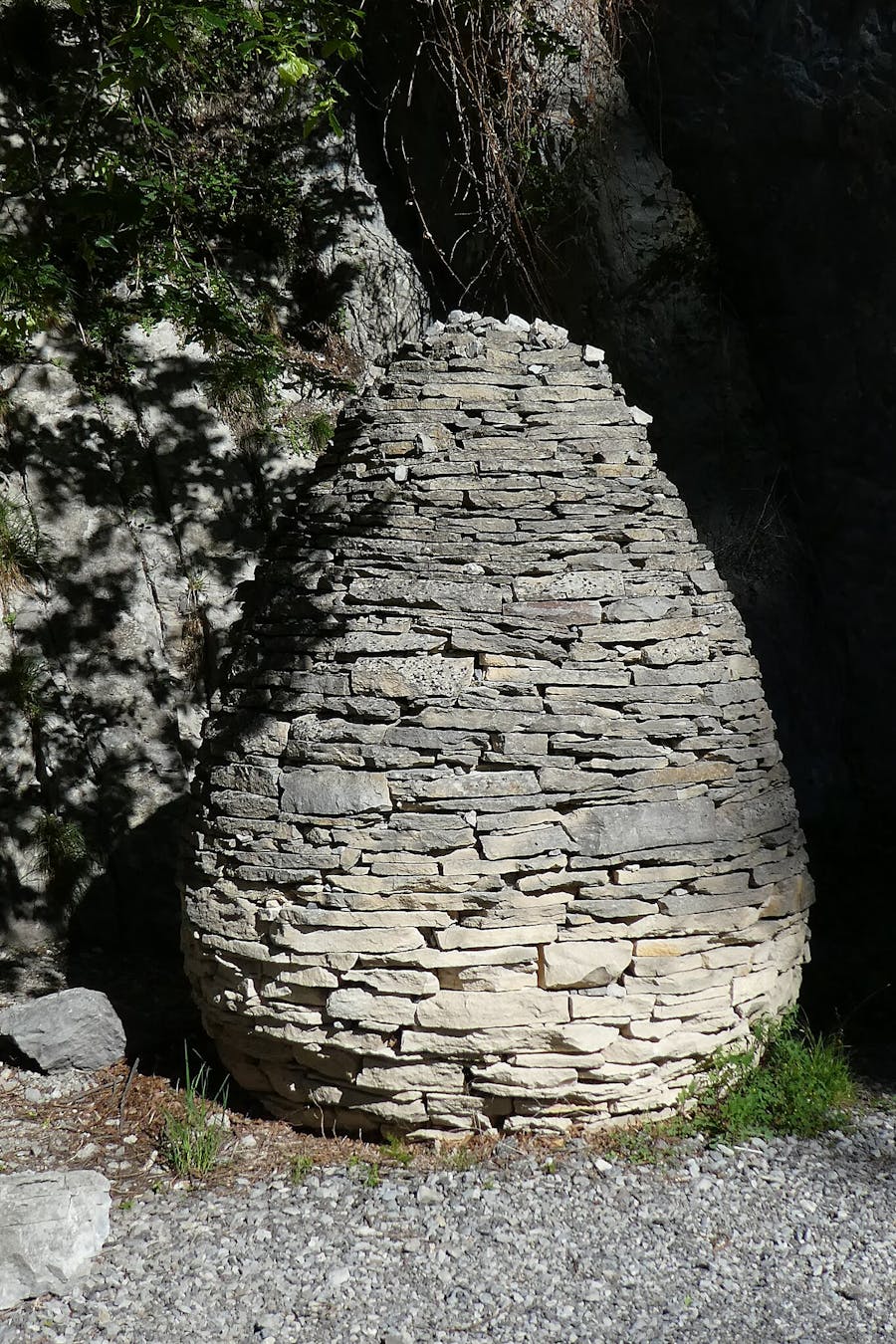
He explains that nature teaches him a lot about shapes and colors: you have to find the most intense green or red possible, find the right material for the right location, and learn to use water to 'activate' the color. For example, the placement of a yellow or orange leaf can completely change his work.
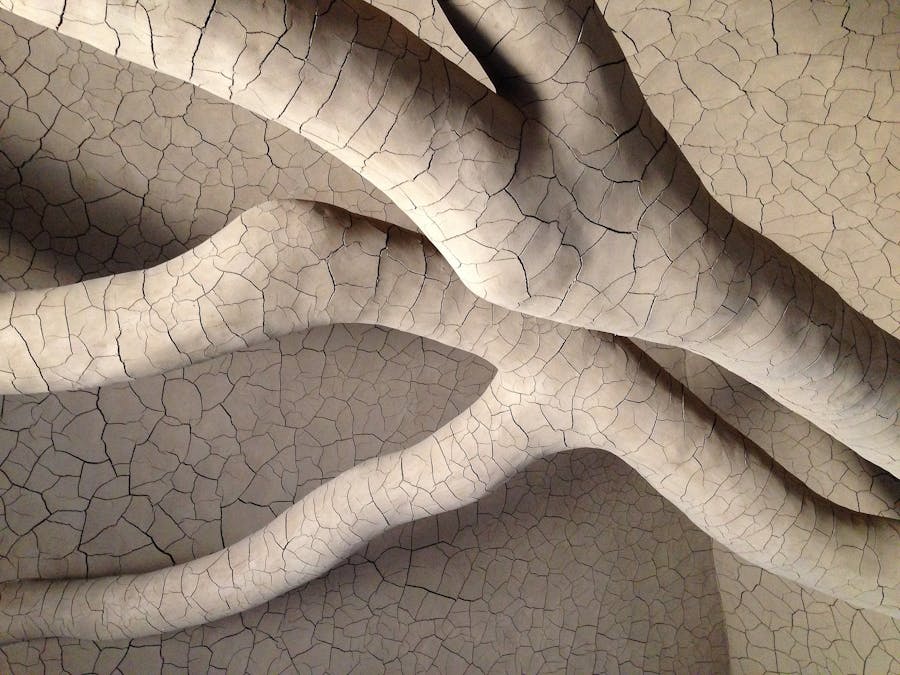
The fleeting nature of Goldsworthy's works ranges from a few seconds for pieces made of snow to several years for those made of stone and metal. This transience, as it is shaped by the forces of nature, makes them even more precious. Photography has thus become essential to his work, and Goldsworthy preserves the traces of his works by adding a title in the form of an explanatory caption. Land Art is not simply an invitation to contemplate the spectacle of nature, but to enter into it, and even if photography no longer allows total immersion, it still contributes to the discovery of what is 'already there'. It is important to remember, however, that photography does not replace the work of art, and the work of art was not created to be photographed.
Related: 10 Famous Sculptures in Art History
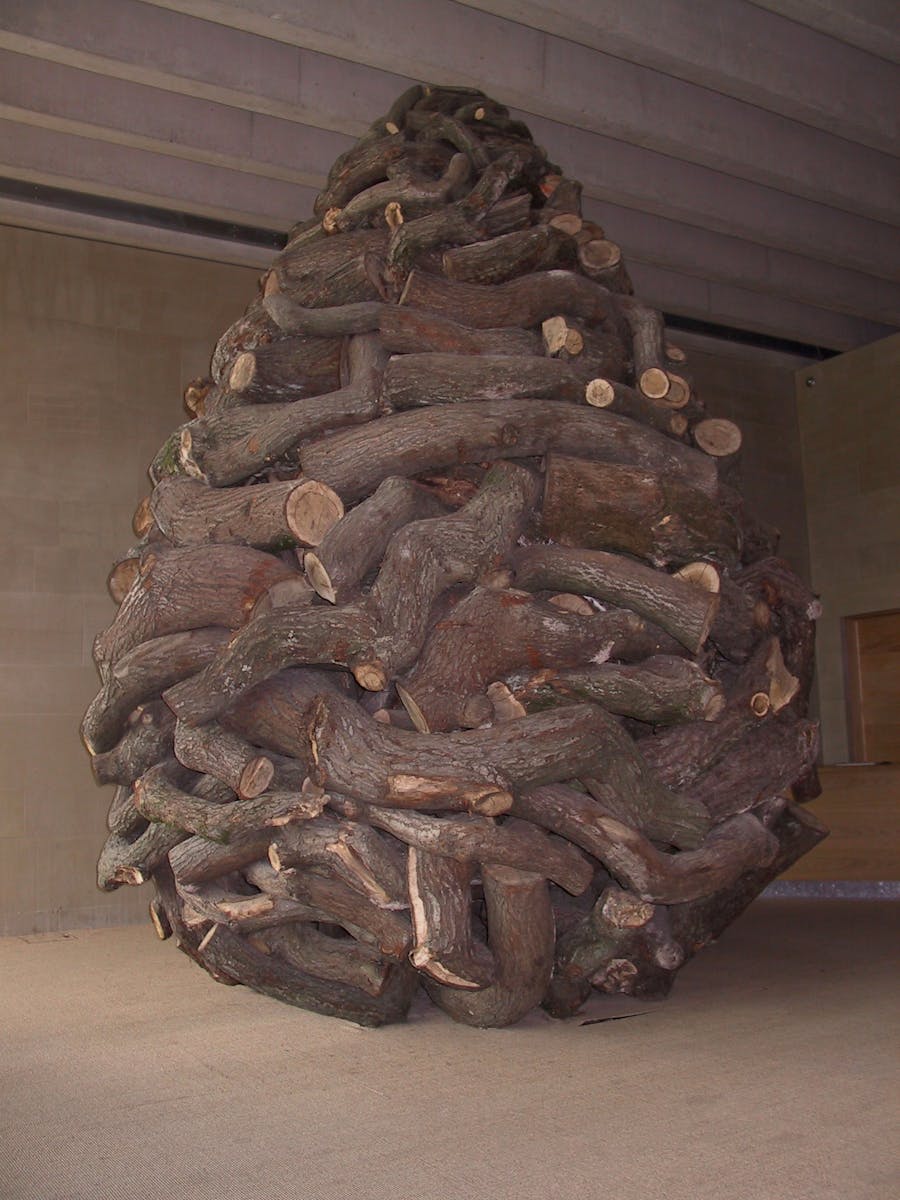
Goldsworthy's aim was to collaborate with the landscape without forcefully leaving his own mark, in order to create an impression of harmony with nature. However, he does not reject the idea of human presence, for it is everywhere in what he creates. On the contrary, his body is an integral part of the work, almost like a happening.
Want more articles like this delivered straight to your inbox? Subscribe to our free newsletter!
You can admire some of his permanent works just about anywhere in the world, but if you happen to be in France right now, you can head to Digne-les-bains in Haute-Provence to walk the Refuge d'art trails and discover the stone cairns. His works are scattered over almost 100 miles, and the nature reserve is dotted with refuges to shelter the more adventurous.
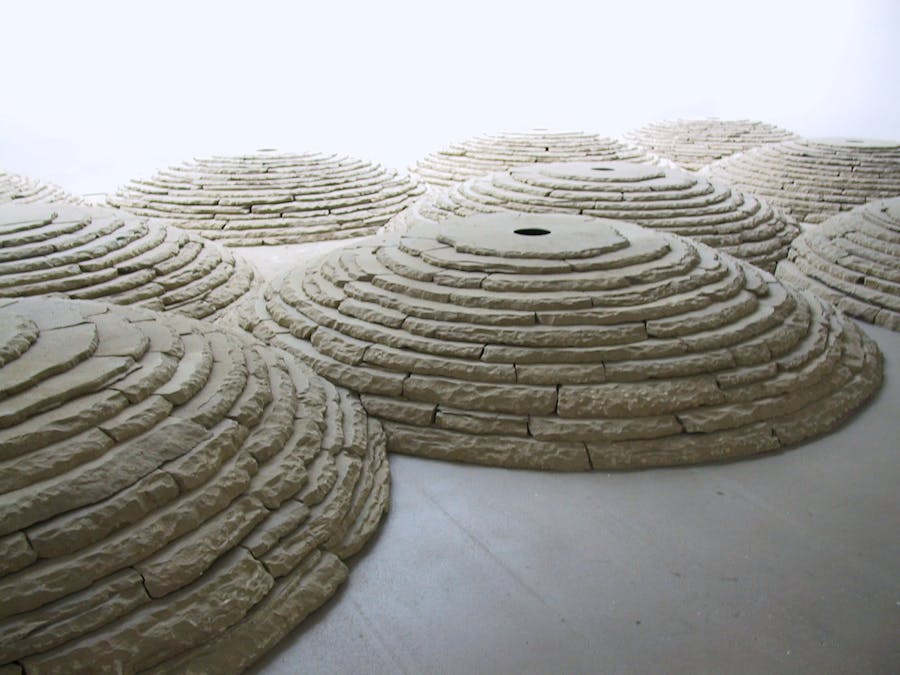
In other words, Goldsworthy's works are not mere objects, but rather immersive experiences that offer a unique atmosphere every time. He is one of the most influential artists of the twentieth century, with works that naturally break with artistic convention. He himself has influenced other artists, such as Richard Shilling, who, without any prior artistic training, began copying his work. Like Shilling, he uses only natural elements that he finds on site to create his sculptures. The most common themes are balanced sculptures, such as Goldsworthy's cairns, from which he drew inspiration, and geometric patterns.


